Puto de Oas (Putong Bugas): Discover a Unique Rice Delicacy from Albay
Recently, we had the opportunity to visit the charming town of Oas in Albay, where we indulged in one of their unique local delicacies: Puto de Oas. This delightful treat is quite different from the fluffy Puto or the powdery Puto Seco that many of us are accustomed to. While it is also made from rice, its texture and preparation set it apart.
Puto de Oas
Puto de Oas resembles the Puto Seco found in Southern Tagalog, but with a twist—rather than being baked, it is steamed to preserve its moistness and then grilled to achieve a delightful aroma and a satisfying crispiness on the outside. Each bite offers a wonderful balance of softness and a slightly smoky flavor, making it a must-try for anyone visiting the region.— in Oas.
In the quaint town of Oas, Albay, Puto de Oas or Putong Bugas stands out as a unique rice delicacy that embodies the rich culinary tradition of the town. This traditional treat is a dry, half-circle shaped rice cake, charcoal toasted to bring out its distinct sweetness, texture and flavor. The secret to Puto de Oas lies in its simple ingredients: rice flour combined with special flavors like milk and vanilla, creating a burst of taste and texture.
This version of puto holds not only a special spot in the local ark of taste but also a significant place in the economy of Oas. Families in this town have been making this delicacy for generations, turning a humble rice product into a beloved snack. It’s popular not just for its taste but also for its role in bringing livelihood to the community.
Visitors and locals alike find joy in indulging in Puto de Oas, which has become a sought-after pasalubong or gift. Its enduring reputation as one of the best treats in Albay makes it a must-try for anyone exploring the culinary landscape of the Bicol region. To truly appreciate the cultural richness of Albay, tasting the puto of Oas is essential.
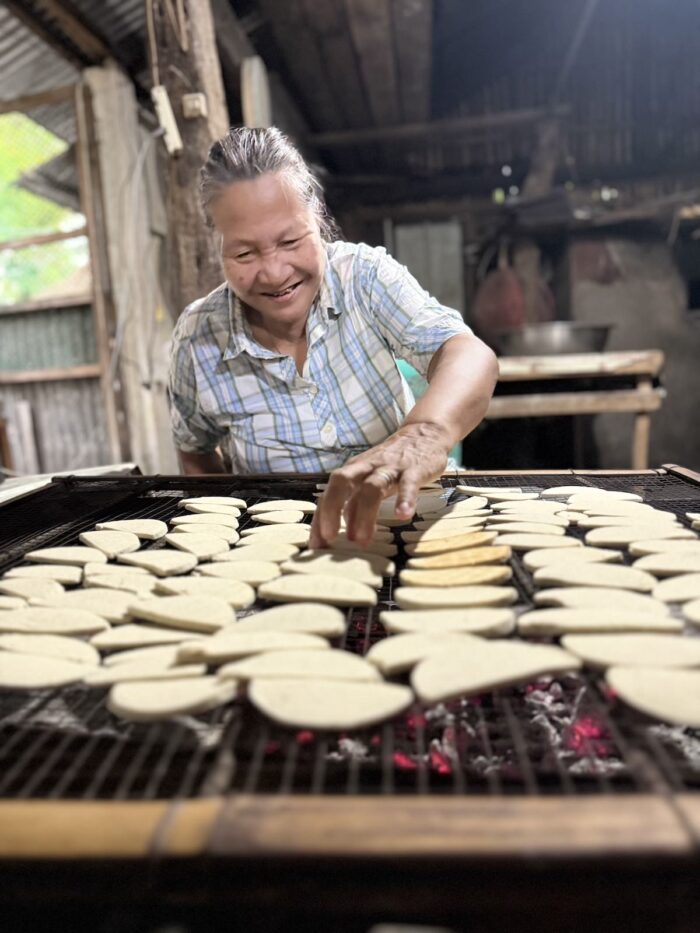
Puto de Oas (Putong Bugas): An Overview
Puto de Oas, a delightful specialty hailing from Oas, Albay, stands out among the myriad types of puto (rice cakes) due to its distinctive preparation and unique blend of ingredients. This traditional delicacy is crafted from carefully selected rice and infused with just the right amount of sugar, resulting in a beautifully sweet flavor that tempts the taste buds.
Unlike the typical soft and fluffy texture associated with most puto, Puto de Oas boasts a drier consistency and is elegantly shaped into a half-circle. Its toasted exterior not only enhances its visual appeal but also imparts a delightful crunch, creating a fascinating contrast to the cake’s interior. Each bite reveals a rich tapestry of flavors and textures, making Puto de Oas a truly one-of-a-kind treat.
History of Puto de Oas
The history of Puto de Oas is intricately woven into the rich tapestry of local traditions in Oas, Albay. This beloved delicacy has been a staple of the community’s culinary heritage for countless years, often making an appearance during vibrant local celebrations and joyous festivities. Puto de Oas embodies the essence of simplicity, with its humble ingredients coming together to create a delightful treat. Its unique preparation method highlights the resourcefulness and ingenuity of the local. people, showcasing their culinary creativity and deep connectional roots. The making of Puto de Oas is not just about food; it’s a celebration of community, tradition, and the flavors that define the spirit of Oas.
Cultural Significance in Oas, Albay
Puto de Oas is much more than just a rice cake. It holds a special place in the hearts of people in Oas, Albay. The delicacy is celebrated in local festivals, such as the Puto Festival in Oas. The festival showcases the unique version of this rice cake, which is steamed in coconut shells.
The recipe and method of preparation are often passed down through generations. This practice helps preserve cultural heritage. The dish itself represents a blend of tradition and innovation, showing how a simple rice product can impact the community’s identity.
Nutritional Profile
Puto de Oas, a toasted rice product, has its own nutritional qualities. It mainly consists of rice, sugar, and sometimes milk, which provide carbohydrates, sweetness, and a creamy texture. Its preparation involves minimal moisture, achieving a dry and firm texture.
The inclusion of ingredients such as milk introduces fat, protein, and essential minerals like calcium to the dish. The sugar content contributes to energy, while the process of toasting affects the amount of ash retained. This careful balance makes Putong Bugas not only a delightful treat but one that sustains as a part of the local diet.
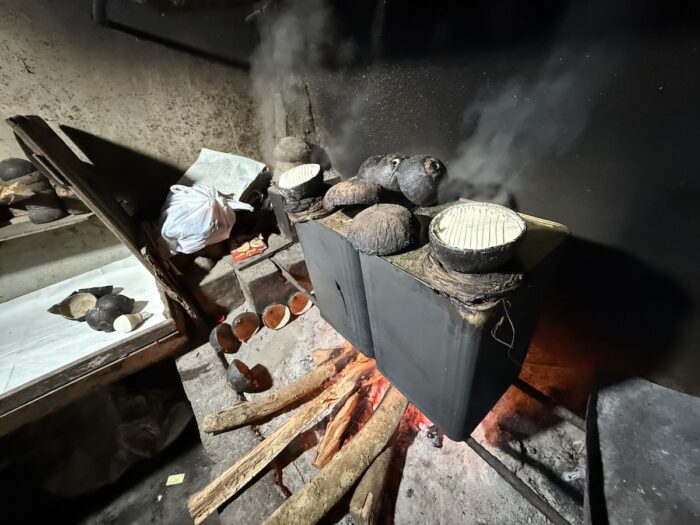
The Making of Puto de Oas
Key Ingredients
The main ingredient in Puto de Oas is rice. Locals often use a special variety to achieve the right texture. Rice flour is commonly milled from this rice to keep the authentic taste.
Sugar is added to sweeten the mixture, giving the rice cakes their signature taste. Coconut milk or fresh milk is another important ingredient. It enriches the flavor and provides a creamy undertone. By combining these elements, the base for Putong Bugas is formed, resulting in a delightful and slightly sweetened snack.
Traditional Preparation Process
The preparation of Puto de Oas is a detailed procedure. First, rice is soaked to soften it before grinding into a fine flour. This flour forms the base of the cake batter.
Once mixed with sugar and milk, the batter is poured into molds. These molds often use coconut shells, adding a distinct shape. Traditional steaming in bamboo containers gives the cakes a firm texture and even cooking.
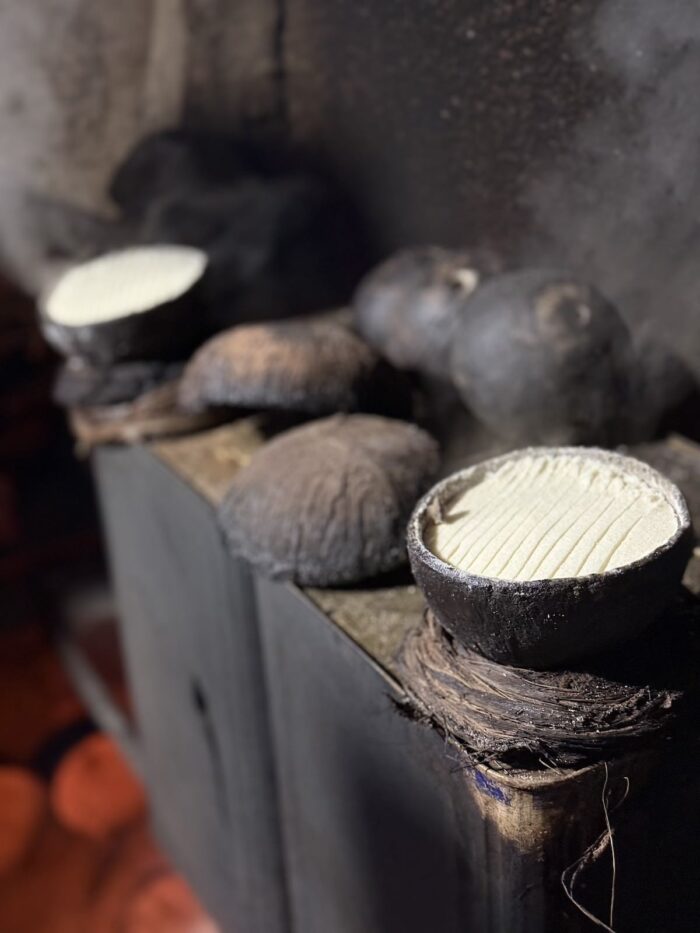
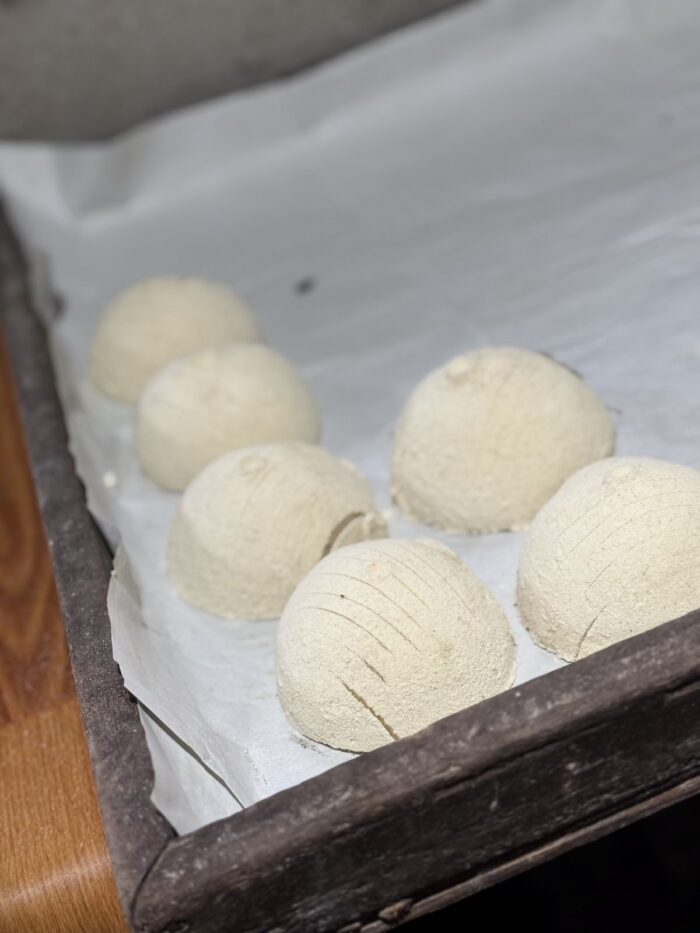
The unique step that sets Puto de Oas apart is the toasting process. After steaming, the rice cakes are lightly toasted, creating a crisp outer layer without losing their soft interior.
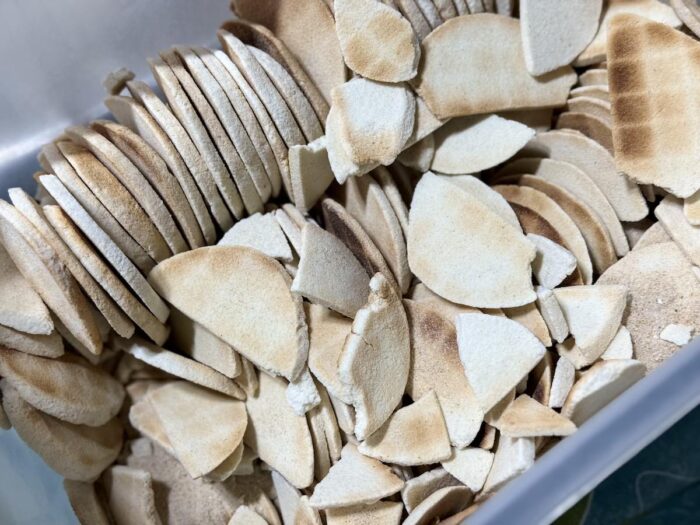
Variations and Innovations
Modern twists have emerged in the creation of Puto de Oas. Some variations incorporate colorful toppings or fillings like ube (purple yam) or cheese.
These innovations add contrasting flavors and visual appeal. Process improvements also include using electric steamers for more efficient cooking.
Even with these changes, traditional methods continue to hold value. The authentic recipe, with its simple ingredient list and careful preparation, remains a beloved part of Filipino culinary heritage. The toasted rice product’s enduring popularity is a testament to its timeless appeal.
Puto de Oas in the Culinary World
Pairings and Serving Suggestions
Puto de Oas offers a delightful experience when paired with different dishes. Traditionally, it can be served as a side dish with savory foods like fried chicken or pork adobo. Its sweet flavor complements the savory notes, creating a balanced meal.
For a more indulgent treat, pair these rice cakes with hot chocolate or coffee. The contrast in flavor and temperature enhances both the drink and puto, providing a satisfying snack or breakfast. For added decadence, it can also be topped with grated cheese or butter.
Inclusion in Festivals and Events
In Oas, Albay, Puto de Oas plays a significant role in festivals and events. It is often featured prominently during the Puto Festival, where locals and visitors alike celebrate its importance in their culinary heritage. These celebrations showcase different ways to enjoy this rice delicacy, often accompanied by cultural performances and community gatherings.
Additionally, it is a staple during Christmas and New Year celebrations in the Bicol region. Families include it in their holiday feasts, emphasizing the cultural value of this traditional food. Through these events, Putong Bugas continues to be a symbol of local identity and tradition, cherished by many.
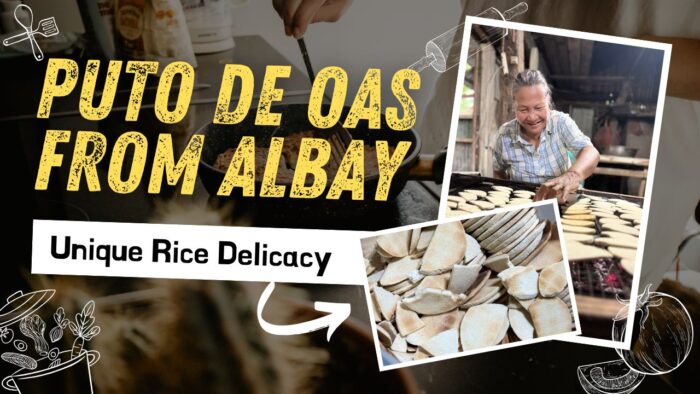
Frequently Asked Questions
What are the main ingredients used in making Puto de Oas?
The main ingredients used in making Putong Bugas include glutinous rice, coconut milk, sugar, and a pinch of salt. Some variations may also incorporate additional ingredients such as eggs for richness and flavor. The glutinous rice is typically soaked, ground into a paste, and then mixed with the other ingredients to create the batter before steaming and toasting.
What distinguishes Puto de Oas from other puto varieties in the Philippines?
Puto de Oas is distinguished from other puto varieties in the Philippines primarily by its unique ingredients and preparation method. Unlike many traditional puto, which are often made from rice flour or all-purpose flour, Putong Bugas is made from glutinous rice that is soaked, ground, and mixed with coconut milk, giving it a distinctively rich and slightly sweet flavor. Additionally, it is characterized by its toasty exterior, achieved by toasting the steamed cakes, which adds a depth of flavor not commonly found in other puto varieties. The texture is also unique—soft and chewy, with a moist interior, setting it apart from the lighter, airier textures of other steamed rice cakes.
How has the recipe of Puto de Oas evolved over time or been adapted in modern cuisine?
Over time, Putong Bugas has seen adaptations such as incorporating different flavors or adding toppings. Modern variations might include the use of additional ingredients like cheese or modern sweeteners, broadening its appeal.
Follow and Subscribe to OutofTownBlog.com on Facebook, Twitter, Instagram, Pinterest, and YouTube for more Travel related updates.
Read:

